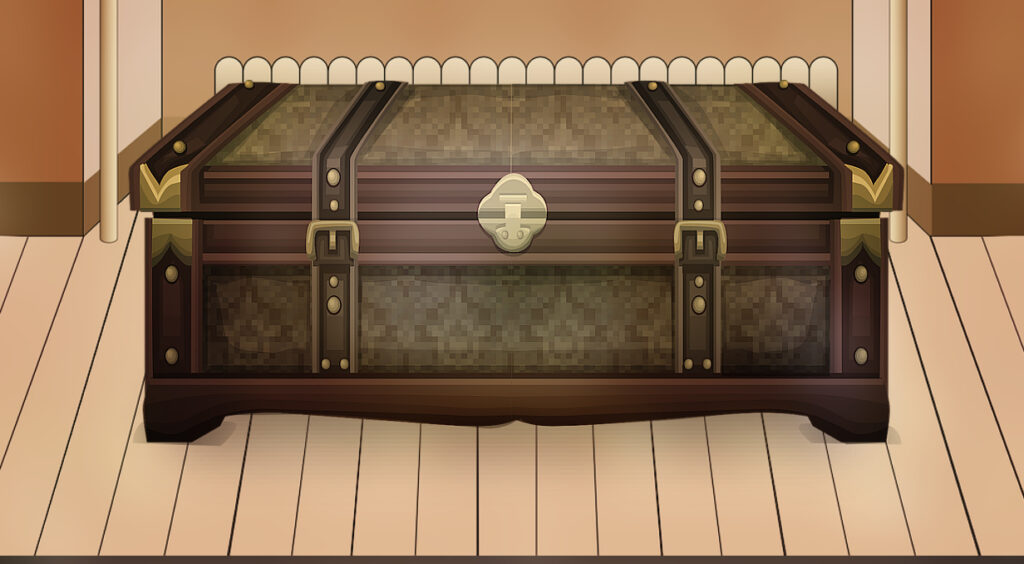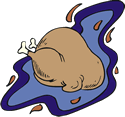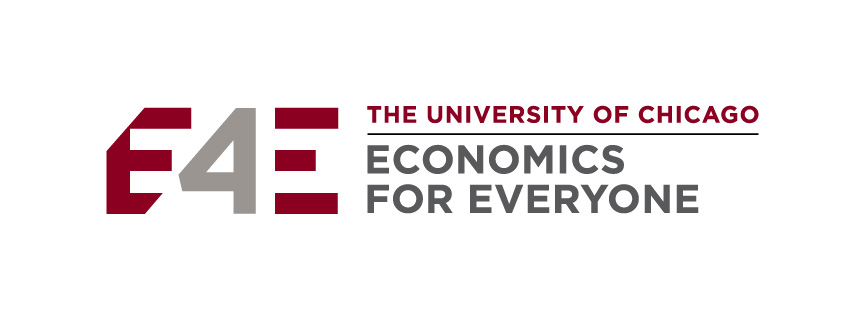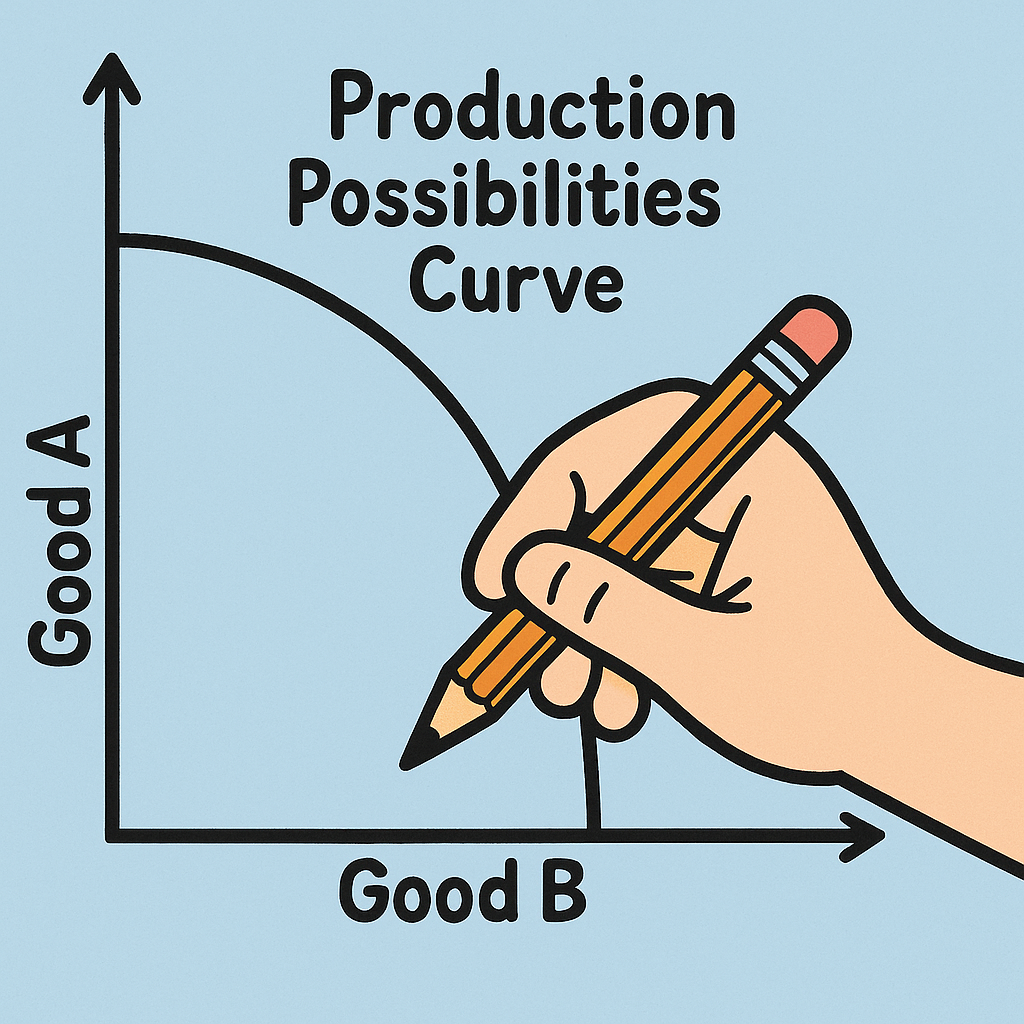
Grades 6-8

Don't have an account yet? Sign up for free
Don't have an account yet? Sign up for free


The students will explore the ideas of scarcity and choices by exploring a virtual model of the Mayflower. They will then pack a virtual suitcase making good choices about what they pack.
Initiate a discussion that will prompt your students to think about the journey the Pilgrims made on the Mayflower.
Everybody loves the Thanksgiving holiday, right? What are some things you think about when you think about  Thanksgiving? Maybe you think about are turkey, stuffing, Massachusetts, Plymouth Rock, the Pilgrims, and the ship called the Mayflower.
Thanksgiving? Maybe you think about are turkey, stuffing, Massachusetts, Plymouth Rock, the Pilgrims, and the ship called the Mayflower.
Let’s take a closer look at the Mayflower. Would you like to take a trip on the Mayflower? How about living on the Mayflower for 66 days? What would you want to take with you from your room? What would you need to take with you?
Note to teachers: The concept of scarcity, as economists use it, implies the following ideas: Individuals have wants that are, for practical purposes, unlimited. But the total resources of society, including natural resources, human resources, capital goods and entrepreneurship, are limited; that is why scarcity exists. Scarcity means that it isn’t possible for everyone to have everything he or she wants. No society has ever had enough resources to produce the full amount and variety of goods and services its members wanted. In a world of scarcity, producing any one good or service means that other goods and services cannot be produced, and trade-offs are inevitable.
Instruct your students to picture themselves as English Pilgrims in 1617. They are a people persecuted for their religious beliefs. Tell your students to imagine that their families have just gained passage on a ship called the Mayflower, bound for America. Tell your students they will need to start packing for the long voyage, but they must keep in mind that the Mayflower is not a large ship, and there will be 101 other people on the ship. Tell them to pack only the important items.
To help your students gain background knowledge about the Pilgrims and the Mayflower, have them explore this infographic of the Mayflower. https://www.ocregister.com/wp-content/uploads/2017/11/ldn-l-focus-mayflower-1123.pdf Older students can gain further information by reading this article that explains the infographic “How 102 Pilgrims Crammed Inside the Mayflower” https://www.dailybulletin.com/2017/11/20/ahead-of-thanksgiving-day-2017-a-look-back-inside-the-mayflower/
After reviewing the article and infographic, lead the class in a discussion of life on the Mayflower. Ask the students if they think they would have liked living on the Mayflower. Talk with them about how little space the Pilgrims had to live in. Explain that the limited space is an example of scarcity. Scarcity is not having all the goods and services people want. In this case, the people on the Mayflower did not have all the space they wanted.
*Suggestion: Conduct a brainstorming session in which the task is to list things the Pilgrims would need in the new land. Ask the students if they have ever packed a suitcase to stay for an overnight visit. Explain that, as they imagine themselves in the role of Pilgrims, they will have limited space in their suitcases, just like the Pilgrims had limited space. Below are some questions that can be used in discussion after the students have toured the Mayflower.
Have the students complete this interactive activity to learn more about the tough decisions the Pilgrims had to make. After the students have finished the activity, ask them to explain why they couldn’t get everything into their suitcases.
Discuss the choices the students made. Questions to focus on include: Could you take everything you wanted with you? Could the Pilgrims take everything they wanted? Why or why not? How does a scarcity of space limit your choices? What is the economic term for not having all of the goods we need?
Students will complete this handout and write about their choices.

Grades 6-8

Grades 9-12

Grades 9-12

Grades K-2, 3-5
